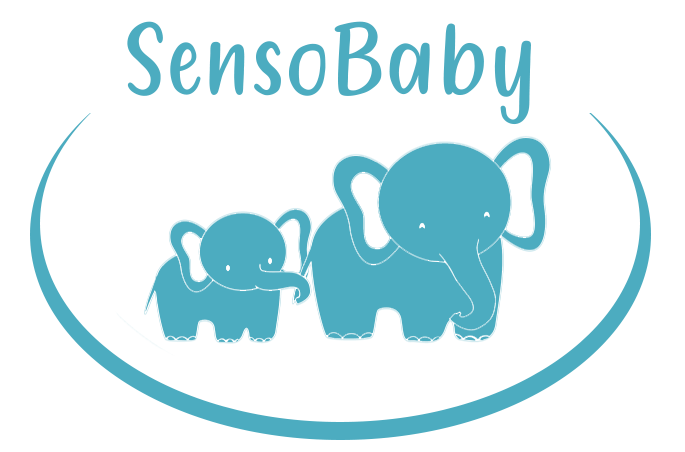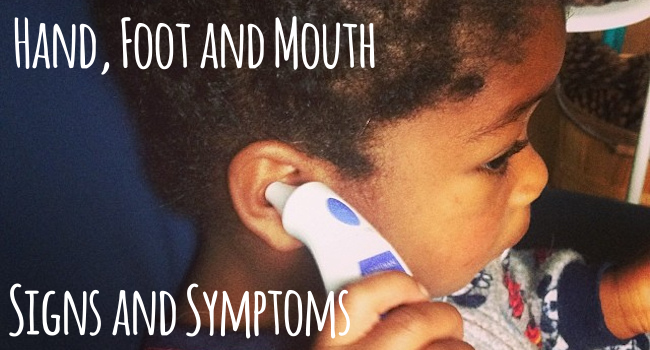Hand, foot and mouth (HFM) disease is a common viral illness that usually affects infants and children younger than 5 years old. And it’s currently making the rounds in Gaborone.
It’s not as horrendous as it sounds. While it is highly contagious, it is not dangerous. It is commonly marked by a fever, sore throat loss of appetite and then the appearance of a rash or blisters on, you guessed it, the hands, feet and mouth (usually starting in the mouth).
This is a very common time of year for it to be going around. “We tend to get the virus outbreak twice a year, in April and November,” said Dr. Sarona Mathware-Simoyi, Child & Adolescent Specialist at Taola Paediatrics. “Children can get it twice a year each year; it is not like measles and chicken pox which a child only gets once.”
The incubation period for this virus is 3-7 days, meaning the virus can be spread even before symptoms show. So we thought we’d give you a few pointers of what to look for.
NB: Don’t get this confused with foot-and-mouth disease (also called hoof-and-mouth disease) which affects cattle, sheep and pigs! They’re totally different viruses 🙂
Prevention
Hand, foot and mouth disease is spread through coughing and sneezing, or contact with blister fluid of an infected person. You can lower your risk of being infected by following regular good hygiene including:
- Washing your hands often with soap and water
- Disinfecting dirty surfaces and soiled items
- Avoiding close contact such as kissing, hugging, or sharing cups with infected people
Be sure to teach your kids to wash their hands well and often; it can help prevent the spread of HFM disease as well as many other viruses.
If you’re hosting play dates over the school holidays, be sure to keep everything clean. Children’s belongings like toys and furniture in their playspace should be sterilised, particularly if you’ve had a child over who has showed signs of having it. This will help stop the chain of transmission.
What are the first signs
The first signs of hand, foot and mouth (HFM) disease are fever, reduced appetite, sore throat, and a general feeling of being unwell. One or two days after the fever starts, painful sores can develop in the mouth. They begin, often in the back of the mouth, as small red spots that blister and can become ulcers. A skin rash with red spots, and sometimes blisters, may also develop over a couple days on the palms of the hands and the soles of the feet.
What to do if you think your child has it
If your child has mouth sores, it might be painful to swallow. But it’s still important for your child to drink enough liquids to prevent dehydration. If your child hasn’t been taking much liquid or food, give a homemade rehydration solution made as follows:
- 6 level teaspoons sugar
- ½ level teaspoon salt
- 1 litre water
- Add a splash of fresh orange juice if available for potassium
If you think your child has contracted hand, foot and mouth disease, take him to his paediatrician. Your doctor can usually identify it based on what symptoms the patient has and how the mouth sores or rash looks.
Your doctor will then give you the correct course of action to take which might include over-the-counter medications to relieve pain and fever and/or mouth sprays that numb the mouth pain.
“I tend to give it the blanket diagnosis HFM but sometimes we only get the oral version, called herpangina, which is the one going around now. Its when we do not see the progression to hands and feet,” said Dr. Sarona Mahware-Simoyi. “Both herpangina and HFM are caused by cousins of same virus family. If we get the whole spectrum of HFM, about a month after recovery the child will experience painless falling off of the nails; they will grow back.”
Your child should be able to make a full recovery within 2-7 days of starting treatment.
Home comfort tips
In addition to the medical treatment, try these tips to make the blister soreness less bothersome for your child:
- Suck on ice lollies or ice chips (watch the sugar in lollies though…)
- Eat ice cream or frozen yogurt
- Drink cold beverages such as milk or ice water
- Avoid acidic foods and beverages such as citrus fruits, fruit drinks and soda
- Avoid salty or spicy foods
And we always recommend that you give your child some probiotics to help them recover from medicines. Probiotics maximise the benefits of a healthy diet by supporting normal absorption of nutrients in the gut. Giving some to your baby or child will help them get back to their usual self even quicker.
To your healthy child,
SensoBaby
Sources: Dr. Sarona Mathware-Simoyi of Taola Paediatrics; CDC Centers for Disease Control and Prevention
Image Credit: mazaletel via Flickr


Very helpful article thank you so much.